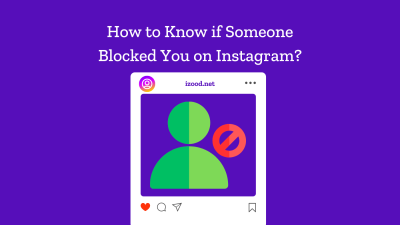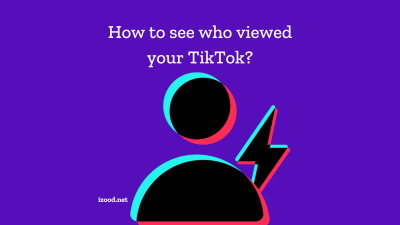Creating a 3D model is an exciting process, but what materials should you use?
In this guide, we explore various options for making your 3D models come to life.
3D modeling involves creating a three-dimensional object using computer software. The complexity of the model can be different: from simple shapes to difficult designs.
The materials for 3d models depend on what kind of model you want to make.
There are several basic types of 3d models:
1.) Shapes and Objects: At its core, 3D modeling starts with basic shapes. These can be cubes, spheres, cylinders, and more.
- Example: For beginners, starting with basic shapes like a cube and transforming it into a dice or a simple house can be good practice.
2.) Environments: These are larger-scale models that can be landscapes, cityscapes, or any backdrop for a scene.
- Example: A vast desert with rolling sand dunes or a bustling city with tall buildings and busy streets.
3.) Props and Assets: These are smaller items or objects that characters might interact with or that add detail to an environment.
- Example: A chair in a room, a weapon for a character, or a car on a street.
4.) Characters: One of the most popular uses of 3D modeling is character design. This can be for video games, animations, or movies.
For this type of model, developers often hire expert 3D character design services
- Example: Think of your favorite video game character. They started as a 3D model before being brought to life in the game. For example, you can look at 3d game characters from RetroStyle Games, a 3d character modeling studio, and use their characters as a reference.
Choosing Your Material
Before you start, know what your model will be used for. Is it for a video game, animation, 3D printing, or something else? This will guide your choice of materials.
Choose materials that suit what your model is for. For a video game, you might need materials that look good but aren’t too demanding on a computer’s resources.
1. Diffuse/Albedo Map
This is the primary color texture that gives your 3d model its base appearance in terms of color.
- Fact: It doesn’t contain any shadows or highlights.
- Advice: Ensure that the colors are consistent with the character’s environment and lighting conditions.
2. Normal Map
This texture adds the illusion of depth and detail to a model by manipulating how light interacts with the surface.
- Fact: It’s often generated from a high-poly model to be used on a low-poly model.
- Advice: Avoid over-exaggerating the depth; it can make the character look unnatural.
3. Specular Map
Determines the shininess and reflectivity of a surface.
- Fact: Brighter values on the map result in shinier surfaces.
- Advice: Not all parts of a 3d model should have the same shininess; differentiate between materials like metal and skin.
4. Gloss/Roughness Map
Works alongside the specular map to define how sharp or broad the reflections are.
- Fact: A gloss map is the inverse of a roughness map.
- Advice: Use this map to add realism by varying the roughness across different parts of the 3d game character.
5. Ambient Occlusion (AO) Map
Simulates the soft shadows that occur in crevices and tight spaces of the model.
- Fact: It’s often baked from a high-poly model.
- Advice: Use AO to enhance depth and detail but avoid making the shadows too dark.
6. Emissive Map
Defines areas of the model that emit light.
- Fact: Commonly used for characters with bioluminescent features or tech components.
- Advice: Use sparingly to highlight specific areas; too much emission can overwhelm the 3d model’s design.
Opacity/Transparency Map
Determines the transparency of specific parts of the model.
- Fact: White areas are opaque, while black areas are transparent.
- Advice: Useful for creating semi-transparent materials like glass or ghostly apparitions.
Cosmonauts would also be fine in such a case 🙂
8. Displacement/Height Map
Adds additional geometric detail by altering the position of vertices based on grayscale values.
Mainly used to create high-quality game locations
- Fact: It can significantly increase the polygon count.
- Advice: Use for close-up shots where extra detail is needed, but be cautious about performance impacts.
9. Subsurface Scattering (SSS) Map
Simulates the effect of light passing through translucent materials, like skin or wax.
- Fact: It gives a soft, natural glow to materials.
- Advice: Essential for achieving realistic skin but can be computationally expensive.
10. Tessellation Map
Works with displacement maps to add more geometry to the model in real time.
- Fact: It subdivides surfaces based on the camera’s proximity.
- Advice: Useful for adding detail in close-ups but monitor performance impacts.
Is Context important while creating a 3d model?
Your model should be contextually relevant, meaning it should make sense in its environment. It should also be coherent, with all parts fitting together logically and seamlessly. Using game art outsourcing services can help you go through this process more productively.
Creating a 3D model is a very complex and voluminous endeavor. By choosing the right material and ensuring that the model is contextually relevant, developers can create a realistic 3D model.











